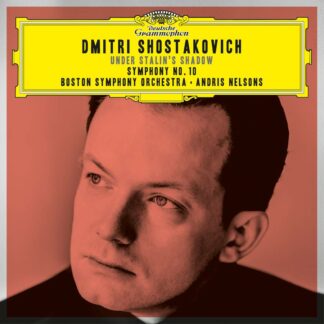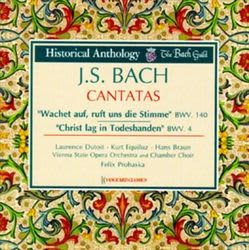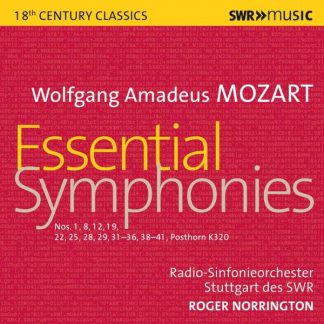Description
Artists
|
The Mozart symphonies on this album were recorded over a period of two weeks at the European Music Festival Stuttgart in September 2006. More than 20 symphonies, ranging from the earliest to the last ten, were chosen to represent the superb range of the composers output. The aim was to recreate as far as possible the playing style of the period. Roger Norrington used exactly the same orchestral forces for each symphony as at their first performance (the smallest was a mere 18 players). The first and second violins sat opposite each other, the winds stood in lines either side, and a harpsichord played in the middle. Tempos followed the most recent research. Bow strokes, articulation and phrasing were carefully studied, and the orchestra naturally played without modern vibrato. All the albums in this edition contain a symphony from each of Mozarts early, middle and late periods. The last four symphonies, however, which Mozart wrote for Paris and Vienna, were played in a much grander and experimental manner, using 24 violins and 16 woodwind instruments. Very occasionally Mozart experienced a monster orchestra (almost equivalent to todays normal size). It happened first on his extended visit to Paris, and then again in Vienna, where he considered one such large ensemble to be ‘magnifique’. |











